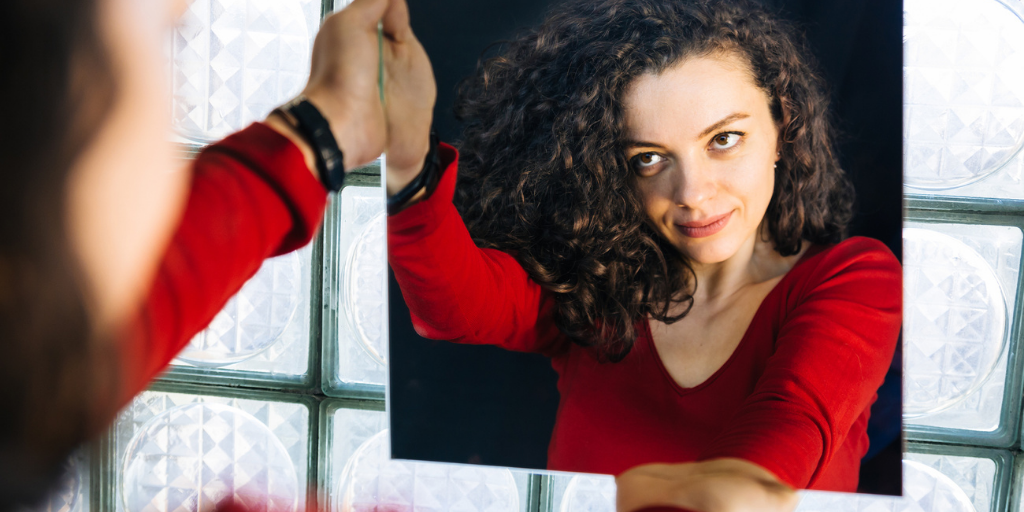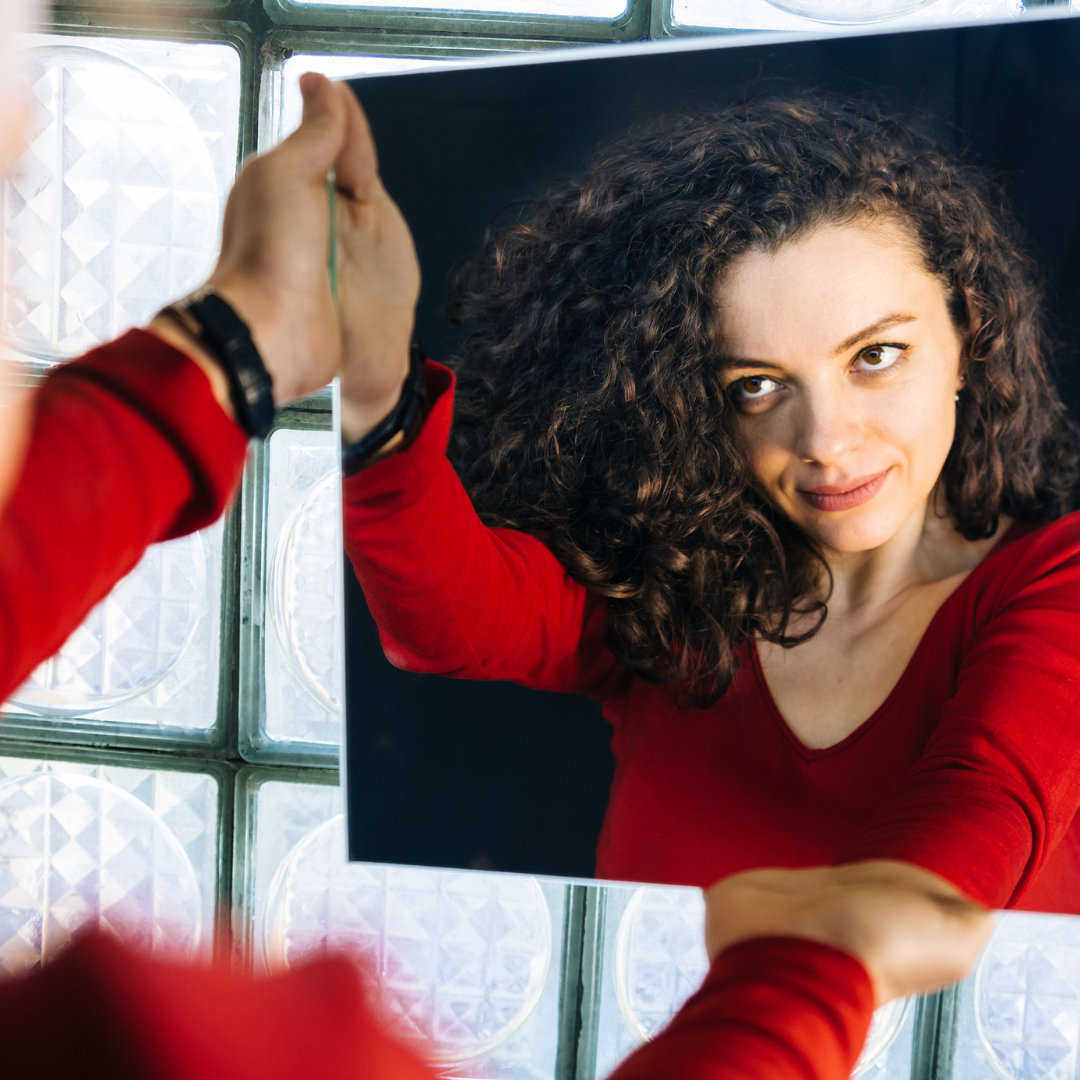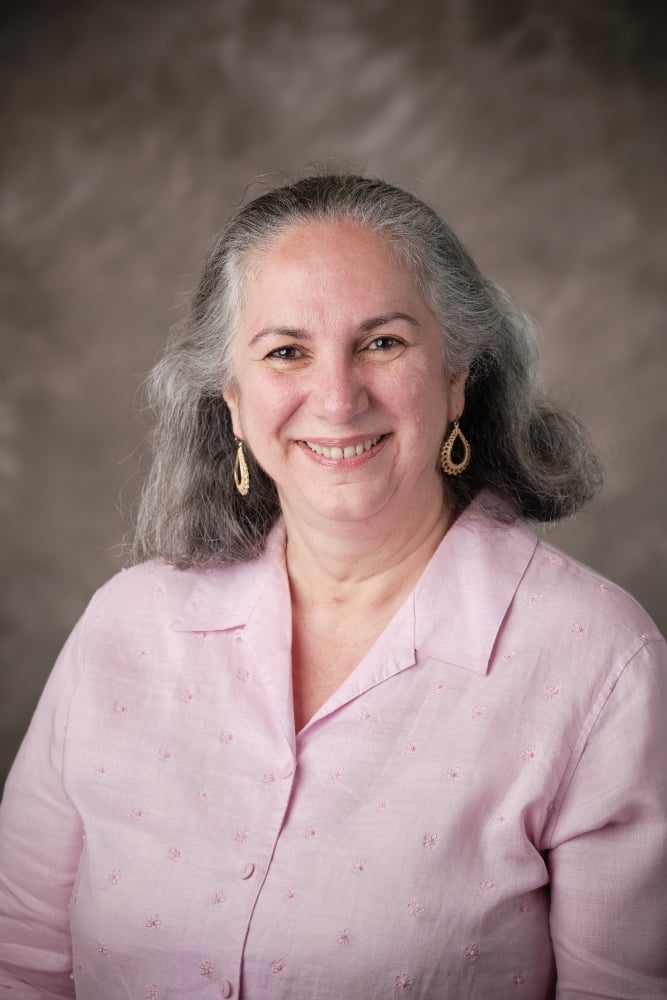
During a discussion about cultural identity, Maria Johnson was reminded where her—and our—true identity lies.
I’ve been an educator for more than 35 years. But, between teaching high school language arts and college rhetoric, I spent several years writing curriculum in the mental health field. One of my favorite clients was a corporate entity that hired me for diversity training and team building.
The sociologist I worked with stressed the importance of identity, so I built a curriculum that moved from the “self” to “community” and beyond. I thought I had a very simple plan and looked forward to opening minds and hearts with an opening exercise designed to not only express how we see ourselves but learn to listen to others’ stories with compassion.
I looked forward to modeling the exercise by telling my immigration story. When people first meet me, they see a light-skinned woman with dark eyes and curly hair sporting a culturally ambiguous first name, Maria. Is she Hispanic? Italian? Greek? Hispanic. I left Cuba as a political exile in the sixties; my story, filled with adventure and intrigue, loosened up my audience and soon they were asking questions, getting the ball rolling for group sharing.
As each person shared his or her story about their ethnicity and cultural identity, the group became more interactive. As I hoped, their engagement grew beyond questions, and the comments became about the similarities they shared with each other.
The last gentleman to share, however, caught me off guard. When I asked him how he identified himself, he said, “Catholic.”
“Okay,” I thought, “that’s very cool.” I might have touched the small crucifix I wore on a chain as an unconscious show of solidarity.
“That's good,” I said, “but how do you identify culturally?”
“Catholic,” he responded again. I was stunned into silence. It wasn’t the answer I expected, but that was my problem, not his. My silence encouraged him to explain all the ways in which his Catholic identity was his true identity.
I was there, professionally, to validate whatever it was that he wanted to share. As a Catholic, however, I was the one validated by his beautiful testimony. I had always understood my faith as both a personal and communal experience, but I often limited that scope to only those circumstances that were specifically Catholic: Mass, celebrations and observances of holy days, the big “C” experience.
As he spoke, I heard the joy and conviction in his voice that he (and I) belonged to a larger shared experience in the Church that transcends language, ethnicity, race, and countries of origin. The small “c” catholic universality of our faith delights in, and celebrates, our human condition. He made connections with our drive to hold on to cultural and family traditions that we pass down from generation to generation. He spoke passionately about the importance of gathering around a family meal. He spoke eloquently about sacrifice, and lovingly about forgiveness.
As he spoke, he connected all the elements that had been shared in the room. At every turn, he celebrated all our differences that make up the human family by connecting with the universal truths of our humanity: our need to love and be loved; to find purpose; to endure suffering; to find joy. He didn’t say the words, but we all understood that our differences, beautiful and unique, are a reflection of the One who made us.
I was the one schooled that day, and I am grateful for the experience. Our identities, first and foremost, are as children of God, and that truth, made so meaningful by that gentleman, makes us brothers and sisters.

Copyright 2022 Maria Morera Johnson
Images: Canva Pro
About the Author

Maria Morera Johnson
Maria Morera Johnson, author of My Badass Book of Saints, Super Girls and Halo, and Our Lady of Charity: How a Cuban Devotion to Mary Helped Me Grow in Faith and Love writes about all the things that she loves. A cradle Catholic, she struggles with living in the world but not being of it, and blogs about those successes and failures, too.


.png?width=1806&height=731&name=CatholicMom_hcfm_logo1_pos_871c_2728c%20(002).png)
Comments